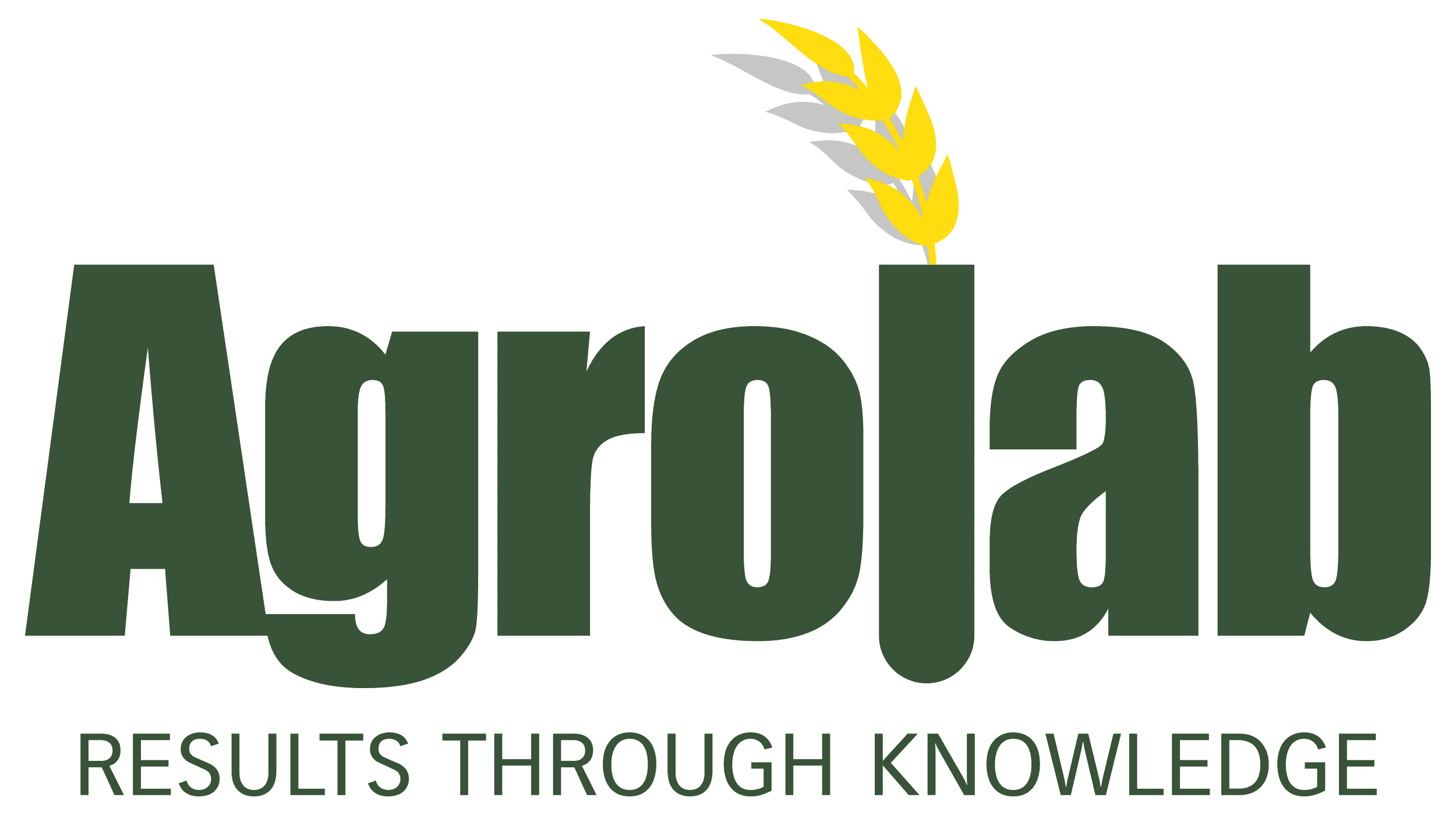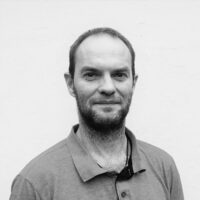Agrolab’s Research and Development department offers development, integration and optimization of imaging solutions for determination of crop disease, seed germination and plant vigour.
Research and Development



Certified Field Teams
Specialized in hyper-spectral and drone imaging
The Research and Development team at Agrolab is specialized in hyper-spectral imaging, drone imaging and fodder analysis using an NIR analyzer.
Germination count
To determine the viability of seeds, a germination test is often carried out/conducted. Hereby the percent of seeds that can germinate is calculated and used as a measure of seed health. Traditionally this process has been carried out by planting seeds and waiting for the seedlings to emerge, before being manually counted. This is very time consuming since 7 to 14 days are needed for the seedlings to emerge and the counting process is very labor intensive.
Using imaging techniques much of this process has been automated and improved. The seedlings can be counted just as the coleoptile, the first root, emerges from the shell. This cuts down incubation time to just 4 to 7 days. Additionally, the counting process is proceeding automatically, using a segmentation and subsequent calculation of different shape parameters, which is seed specific. When the shape of a seed differs sufficiently from its not-germinated state it is considered germinated. By using a machine count to calculate germination, the element of human error is removed, while images obtained provide evidence for correct assessment.
However, that is not all the imaging approach provides. The speed of which 50 percent of seeds have germinated, also known as the t50, is an important estimation of field emergence. By using a series of measurements early in the growth stage the exact t50 value can be calculated and used to compare otherwise similar seed lots, since the t50 value might be different.
Leaf disease
To determine the viability of seeds, a germination test is often carried out/conducted. Hereby the percent of seeds that can germinate is calculated and used as a measure of seed health. Traditionally this process has been carried out by planting seeds and waiting for the seedlings to emerge, before being manually counted. This is very time consuming since 7 to 14 days are needed for the seedlings to emerge and the counting process is very labor intensive.
Using imaging techniques much of this process has been automated and improved. The seedlings can be counted just as the coleoptile, the first root, emerges from the shell. This cuts down incubation time to just 4 to 7 days. Additionally, the counting process is proceeding automatically, using a segmentation and subsequent calculation of different shape parameters, which is seed specific. When the shape of a seed differs sufficiently from its not-germinated state it is considered germinated. By using a machine count to calculate germination, the element of human error is removed, while images obtained provide evidence for correct assessment.
However, that is not all the imaging approach provides. The speed of which 50 percent of seeds have germinated, also known as the t50, is an important estimation of field emergence. By using a series of measurements early in the growth stage the exact t50 value can be calculated and used to compare otherwise similar seed lots, since the t50 value might be different.
Chlorophyll measurement
Plant health is often measured by the amount of chlorophyll in the plant, by using a small device which compares the reflectance of light at two wavelengths. The measured area is typically under 1 cm2 and care must be taken to choose a leaf that represents the entire population. The advantage of this method is it being fast, portable and easy.
Sometimes, circumstances require a more precise approach, which is why a multispectral full leaf analysis has been developed at Agrolab. Using VideometerLab a multispectral image of the entire leaf is obtained, which contains all relevant wavelengths for chlorophyll measurement.
Additionally, the ratio of chlorophyll A/B can be compared by utilizing their different absorbance peaks at 660 and 645 nm, respectively. Changes to this ratio is an indication of plant stress either through lack of nutrients or light.

Visualization of chlorophyll content in oil seed rape, grown in low and high light conditions. Red color indicates high chlorophyll activity, while blue is little to none.
Lichen on roof
Growth of lichen on roof plates and shingles is an unpleasant sight and can be damaging over time. Multiple lichen removal products already exist or are being developed. A major hindrance in the development of these products is the difficulty in quantifying the amount of lichen precisely. Typically, the total amount of lichen is estimated from template images in a span of ±10%. Using imaging of the roof plate, the amount of uncovered roof, and overgrown roof can be precisely calculated, through different images techniques such as color thresholding and segmentation. In some cases, various types of lichen can be assessed to determine whether the treatment has a better effect against different types of lichen.
Emergence count
Plant emergence is counted early in fields or greenhouses and used as a measurement of vigor. The seedlings are counted manually, a task that is time consuming and only yields one type of measurement. By acquiring images of the field, the number of plants can be determined quickly and correctly – every time. Using computer software, the average size, green leaf area in percent and other important parameters can also be calculated, all based on a single image. This allows comparison of different seed lots or varieties and the ability to precisely track the emergence and growth of these.


